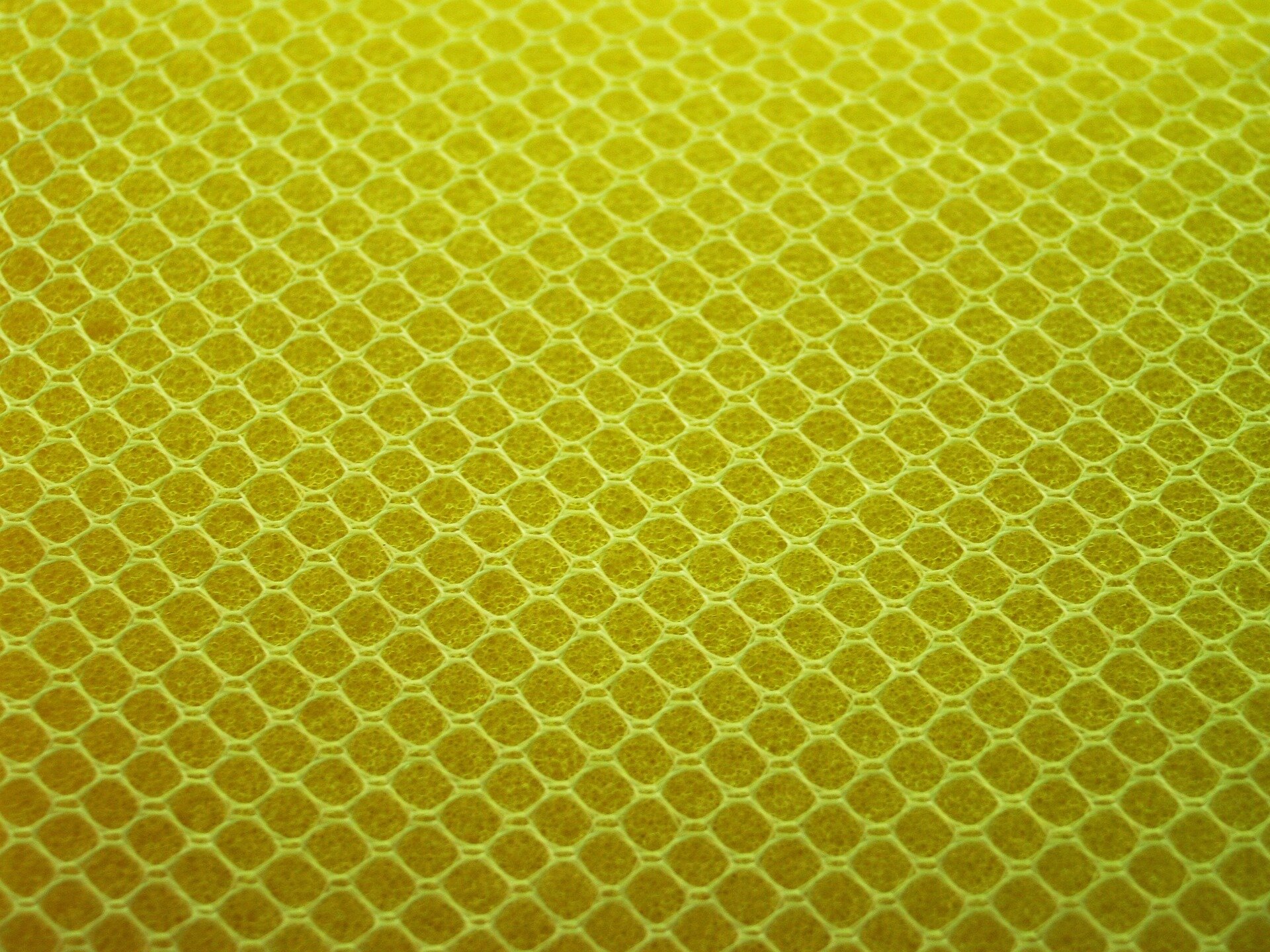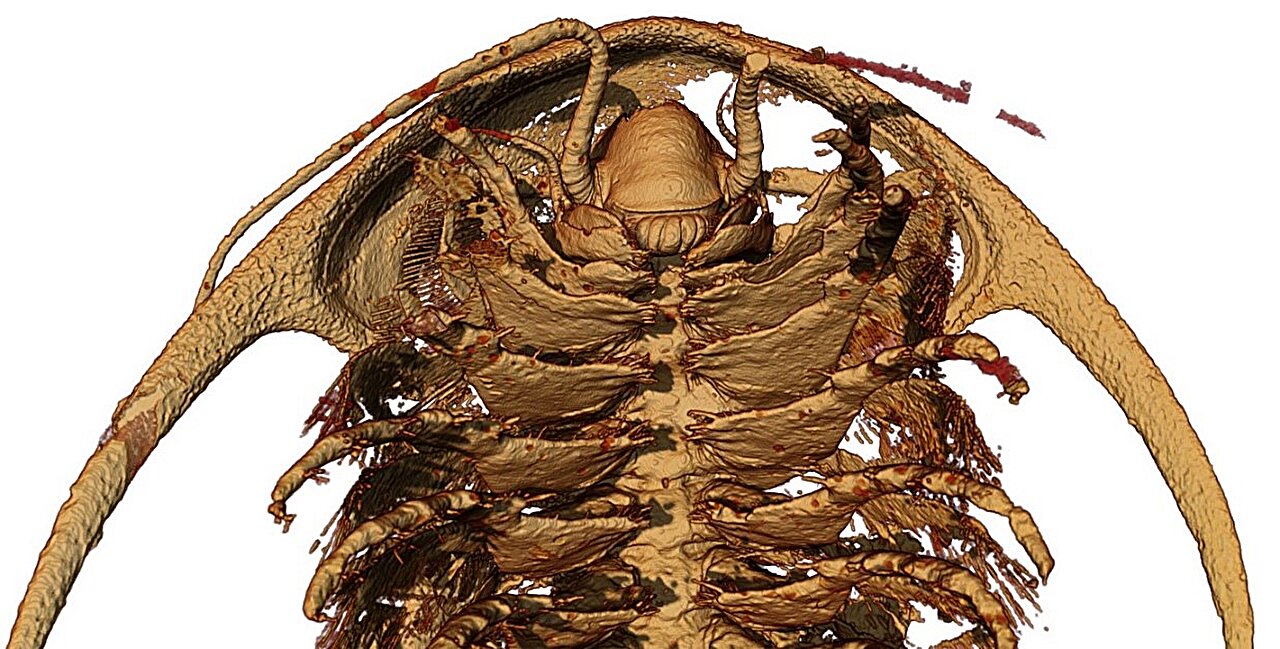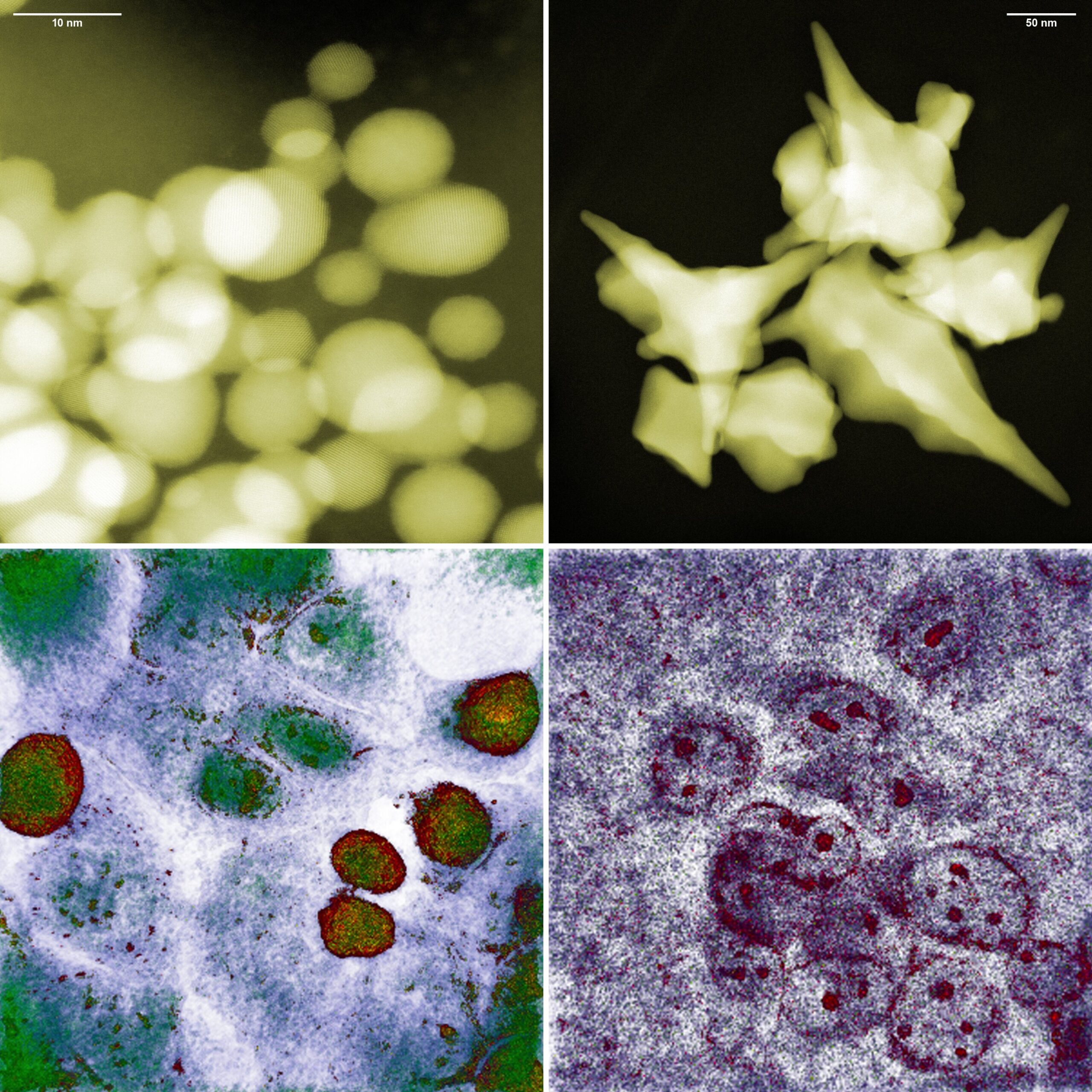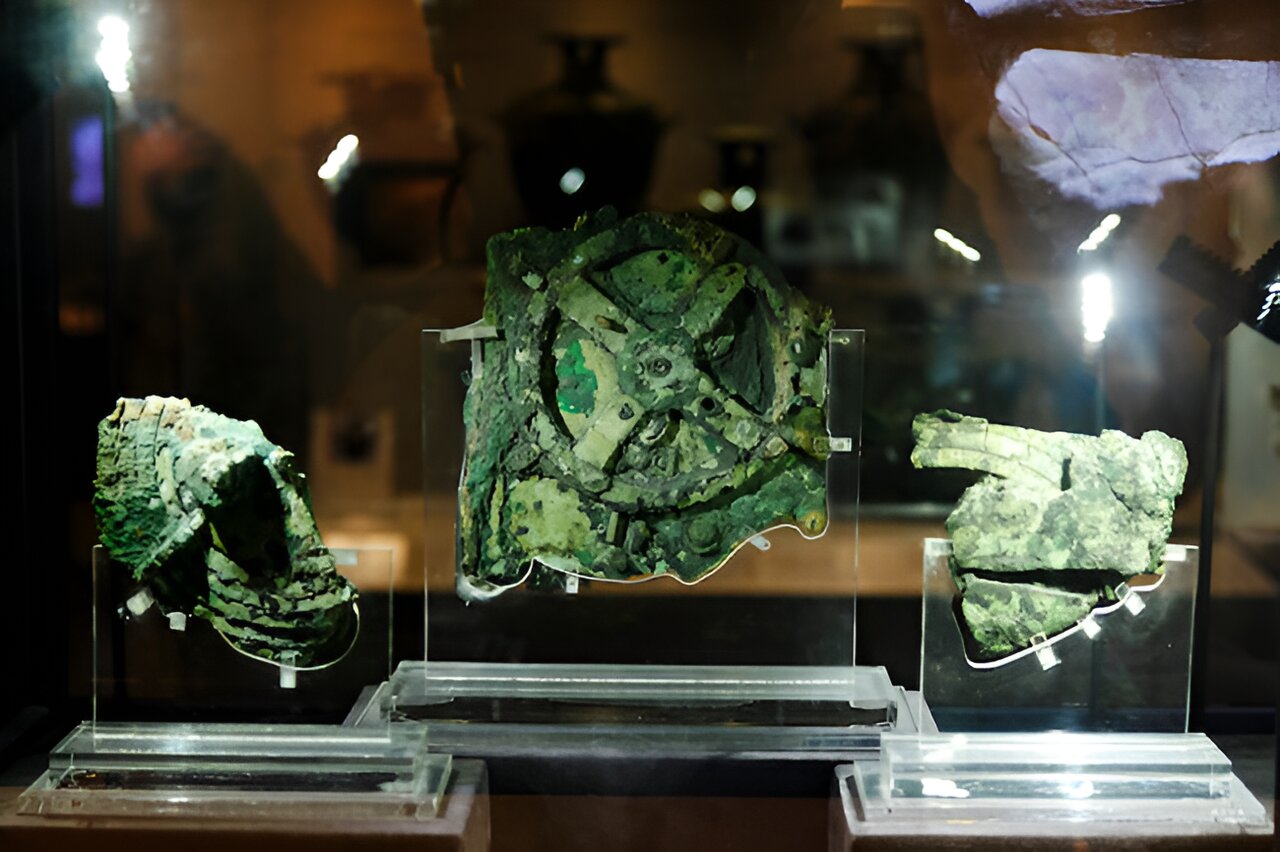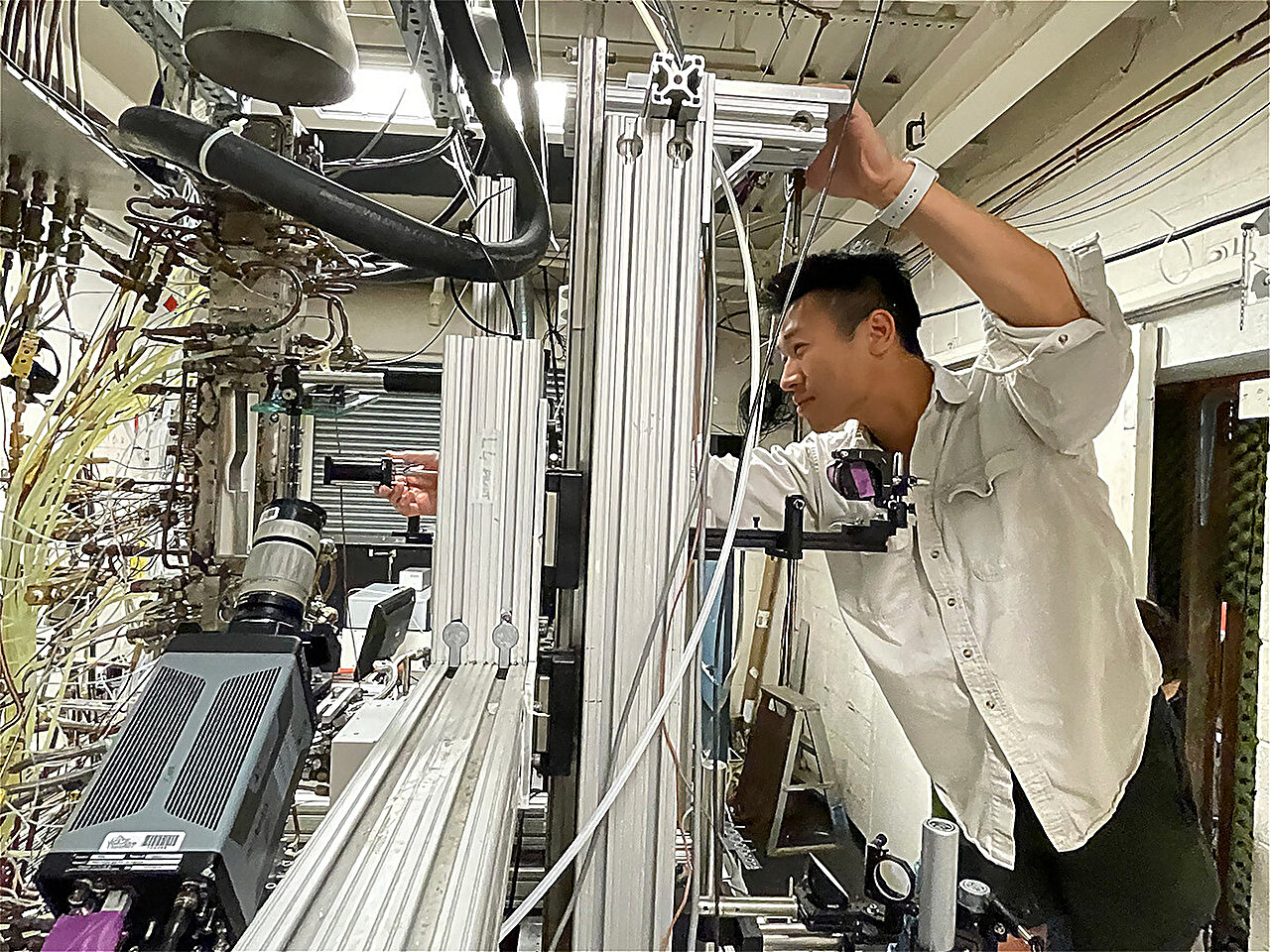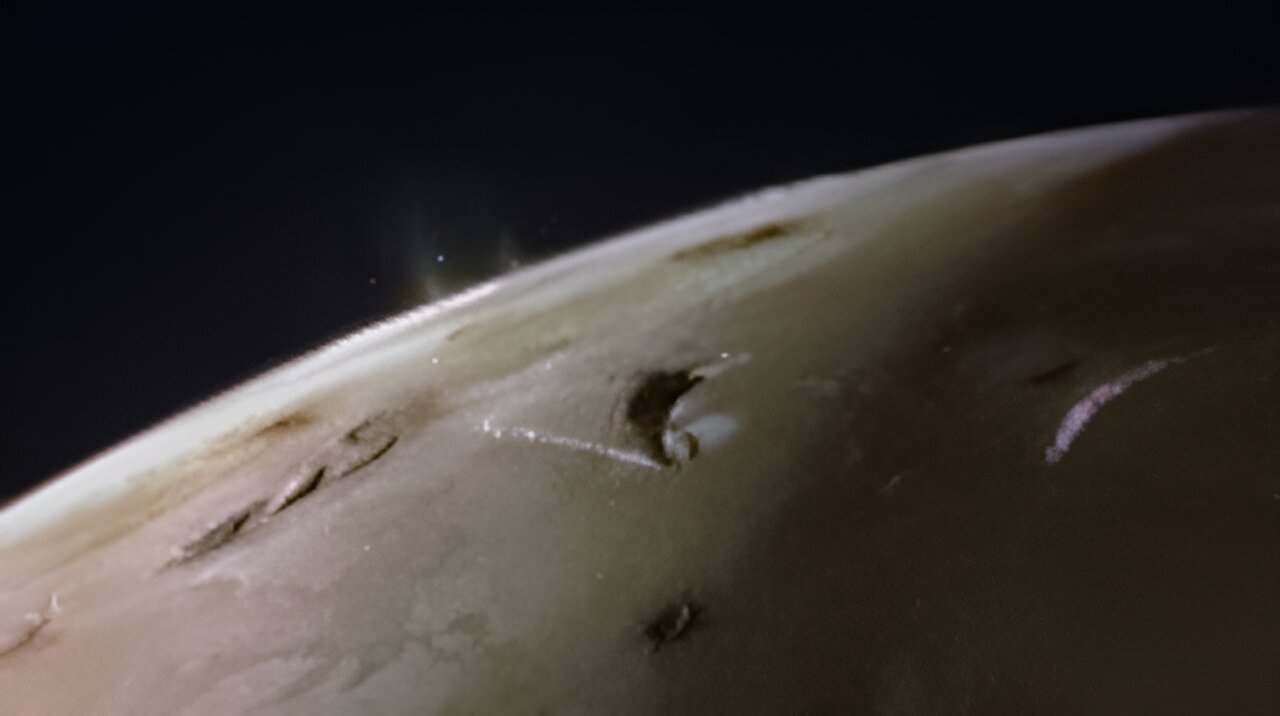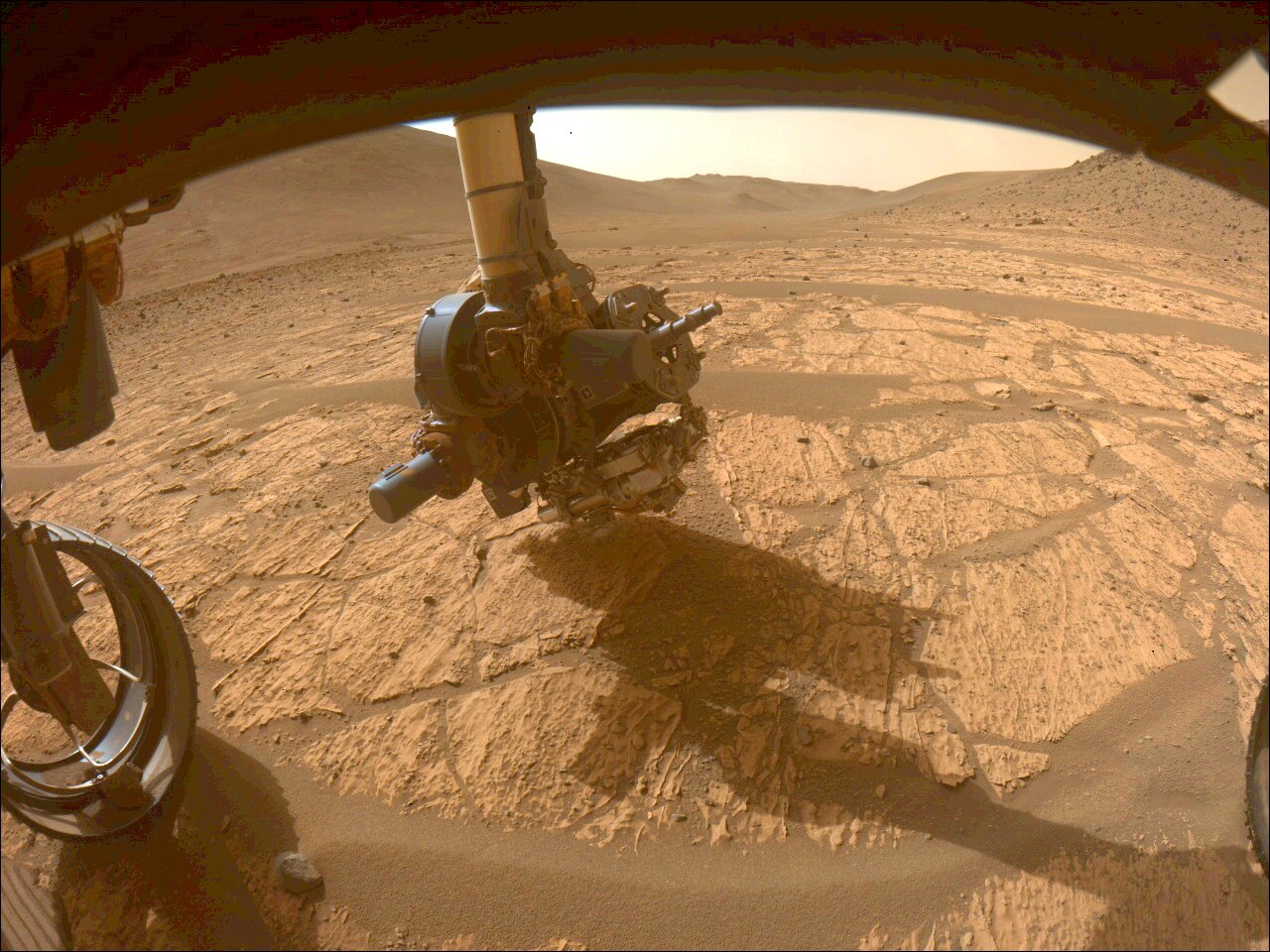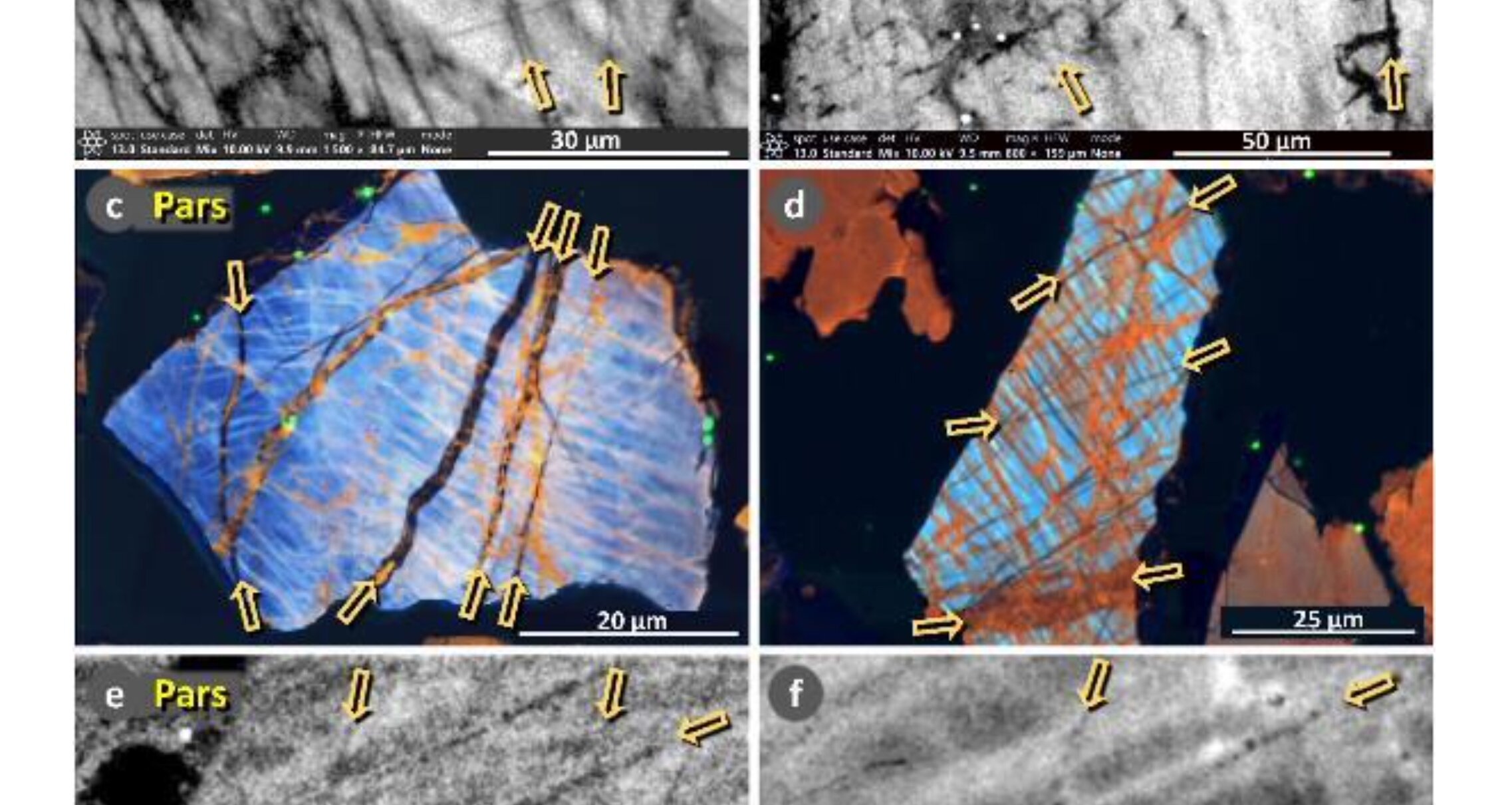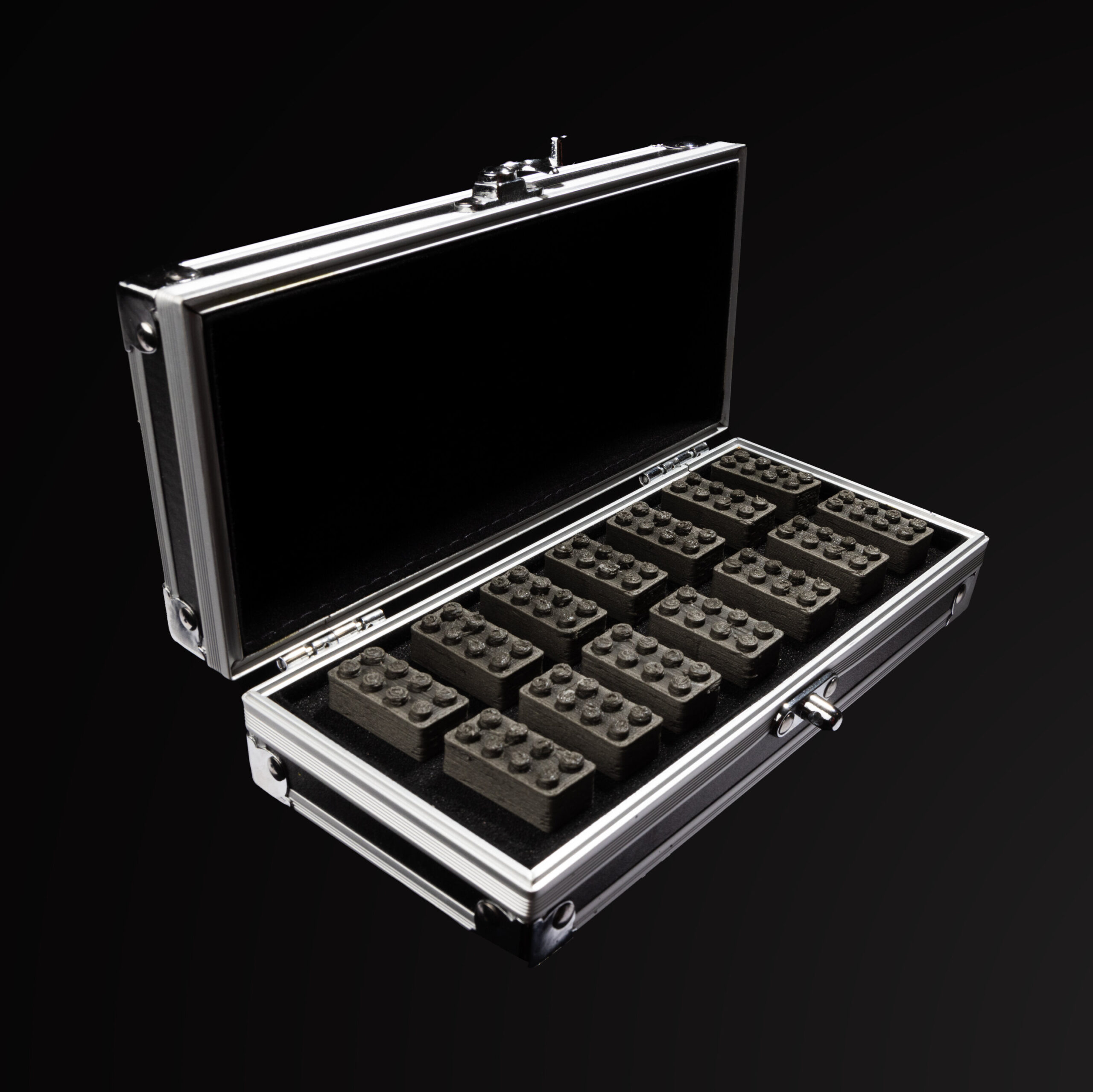Researchers find flexible solution for separating gases
Source: Pixabay/CC0 Public Domain For a wide range of industries, separating gases is an important part of both the process and the product. This includes separating nitrogen and oxygen from the air for medical purposes, separating carbon dioxide from other gases in the carbon capture process or removing impurities from natural gas. However, separating gases … Read more
